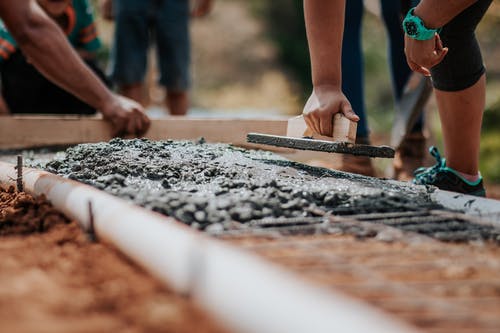A slab foundation offers many advantages. Compared to a traditional pier and beam foundation,
a slab foundation can be laid more quickly, requiring less preparation work. The slab foundation
doesn’t need a crawlspace or basement, which means that it requires fewer steps to get inside
the home. A slab foundation doesn’t require any excavation so it can be completed in just one
day. However, there are some drawbacks to this method.
A slab foundation does not allow for storage, which can limit the layout of rooms in a home. The
integrity of the structure will be compromised if plumbing is broken out of concrete. A crawl
space allows for easy movement of a kitchen or bathroom, without affecting the slab’s structure.
You can also reconfigure the plumbing within the crawlspace.
A slab foundation does not provide any protection from severe weather. A slab foundation is less
resistant to earthquake damage than a house built on top of it. A slab foundation is more
susceptible to insect infestations because it sits directly on top of the ground, with only a thin
layer concrete between it and ground. Hence, homeowners should take proper steps to prevent
the occurrence of such problems.
A slab foundation offers another benefit: It requires less excavation than a traditional crawl
space or basement. Slab foundations are extremely cost-effective. They are however not ideal
for every home, especially if the home is located in an area with extensive clay soil. You might
consider a different type of foundation if you are tight on budget. A slab foundation can help you
save up to 68350 INR
A slab foundation offers many benefits, but it is also a cost-effective way to build a house. A
concrete slab foundation is inexpensive, but it can have a negative impact on the resale price of
your house. It will also be less susceptible to flooding, mold, mildew, and gas leaks. Slabs are
less prone to earthquakes or invasive tree roots.
The thickness of a slab foundation should be at least 20 cm. This is the thickness of the slab
foundation minus the ribs. Professionals can calculate the right thickness by considering the
ground properties and the climatic conditions. They will also consider features such as hills or
valleys in your home. A slab foundation will save you money on materials. A slab foundation is a
good choice for those who are self-sufficient.
Some houses can be built on a sloped lot without a crawlspace. If your lot slopes, a slab
foundation may be the best choice to maximize energy efficiency. Concrete foundations may be
permanently damaged in areas where the earth moves. Red clay soil is not able to support a
cement slab. Crawl space foundations work well in areas with high flood risk and drier climates.


